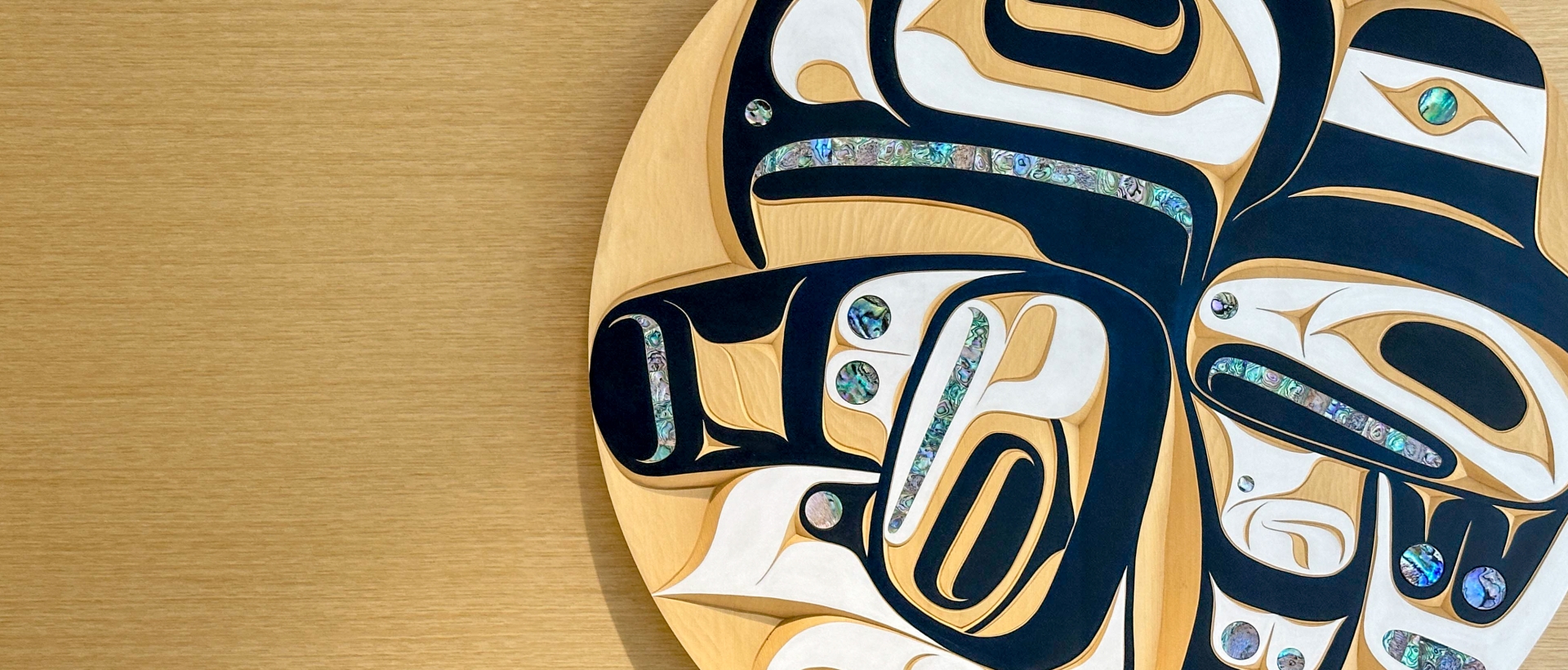What does it mean to walk the path of reconciliation in a meaningful way?
At Concert Properties, we believe it starts with a choice, one grounded in humility, curiosity and a willingness to listen. That’s why we’re proud to officially launch our Reconciliation Action Plan (RAP), created in close collaboration with Indigenous relations and communication professional, Charla Huber. This plan marks an important step in our ongoing commitment to building trust with and demonstrating respect for Indigenous peoples through meaningful action.
“Our Reconciliation Action Plan is the first major initiative to come from the Indigenous focus area of our Environmental, Social and Governance (ESG) Strategy,” says Ruth Legg, Vice President, ESG. “In 2024, we formalized a three-year roadmap to align ESG with our broader business strategy, and also with our Social Purpose, which is to create resilient, inclusive and sustainable communities. From the outset, we recognized that advancing reconciliation would require intention, structure and long-term commitment.”
The RAP outlines five guiding pillars: deepening understanding of truth, embedding reconciliation internally, honouring Indigenous histories, building relationships and partnering for impact. Each pillar includes tangible actions such as reviewing internal policies, integrating Indigenous perspectives into development planning, supporting Indigenous procurement and strengthening hiring and career pathways for Indigenous candidates. Executive Sponsors have also been assigned to each pillar to provide accountability.

“Reconciliation isn’t a checkbox,” adds Legg. “We’re not rushing to solutions. We’re beginning with education and reflection: making space to ask questions, understand the histories of the lands where we own, build and operate, and consider what respectful partnership looks like.”
This plan builds on years of reflection and learning. In recent years, Concert Properties has offered Indigenous allyship training, commissioned Indigenous placemaking artwork—such as the Eagle Panel by artist Morris Sutherland at our Vancouver head office—and delivered annual programming to honour the National Day for Truth and Reconciliation. These efforts reflect our belief that reconciliation must be ongoing, personal and intentional.
The first action within the RAP is the launch of our Indigenous Mapping Guide. Available as both a downloadable guide and interactive web module, the resource was developed in partnership with Huber to help identify and understand the traditional territories, treaty lands and Indigenous Nations connected to each of our properties.
Huber, who is of Chipewyan and Inuit ancestry, has worked with more than 100 Indigenous communities across Canada. Her work focuses on building understanding and connection between Indigenous and non-Indigenous peoples. For her, this project was also a personal journey.

“While working on the mapping guide, I had the chance to learn more about my own family’s history and where I come from,” she says. “I hope people take the time to explore it, whether they’re looking up one of the buildings or just curious about the lands around them. These resources aren’t about assigning blame or delivering instructions—they’re about inviting reflection.”
Together, the RAP and Indigenous Mapping Guide represent a formalization of our commitment—one rooted in education, humility and relationship-building.
“Reconciliation is a choice,” says Huber. “It has to be made with intention. You can’t fake it—people can feel when it’s not sincere. But when an organization commits to doing this work thoughtfully, with respect, it opens doors for real connection.”
To explore the Reconciliation Action Plan and Indigenous Mapping resources, click here.
We invite you to learn with us.
